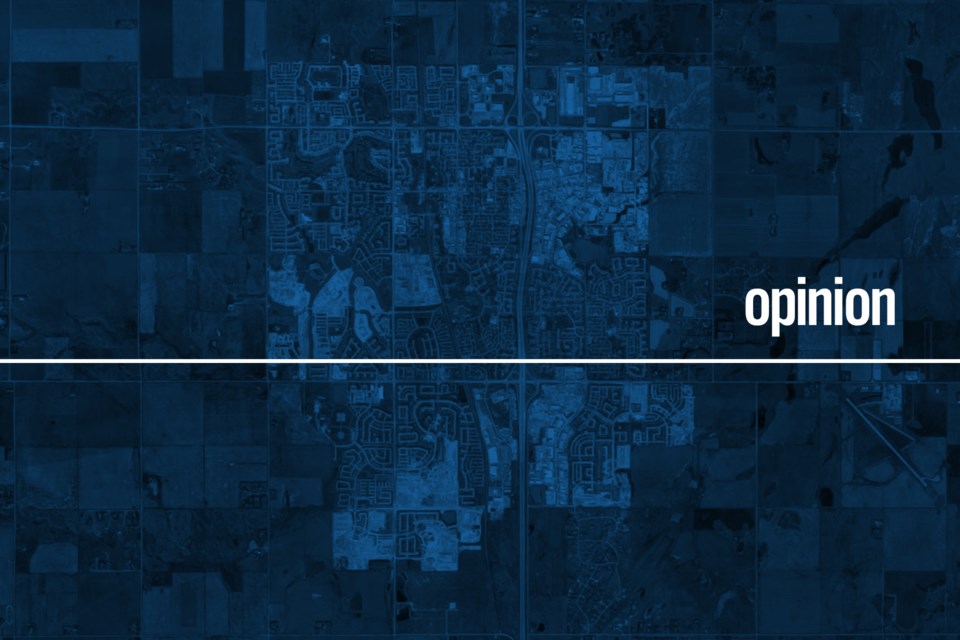Hockey’s a physically demanding sport and the physical exertion brings on an intense sweat. Wet equipment didn't bother me when I played. I could throw on wet skates and stuff my hands in drenched gloves so moist you could wring them out and fill a bucket.
What I couldn’t stand was a damp base layer. I either had to have two pairs of socks or quickly find a way to dry the pair I was wearing if I had two games in the same day. The other piece of equipment that I couldn't stand wet, the piece of protective gear that I could not bring myself to put back on if it wasn’t completely dry, was the neck guard.
I remember growing up there was a general annoyance among players towards the neck guard. It was the piece of equipment that maybe you didn't need, the one that got left in the bag during practises and were forgotten for games. Some players tape them up so tightly that they become necklaces. Pro and Junior leagues didn’t even mandate the wearing of them and the enforcement of neck guards in community hockey is fairly relaxed too.
That has all changed rather quickly.
BBC News reported on Nov. 14 that there had been an arrest made over the death of Adam Johnson, who died after having his neck cut by an opponent's skate blade during a British Elite League game on Oct. 28.
Since then, leagues in North America have reacted fairly swiftly when it comes to player safety. The Western Hockey League (WHL) mandated that all skaters must wear neck guards a week after Johnson’s death. The Heritage Junior Hockey League (HJHL) adopted a policy that now mandates neck guards for all players starting on Nov. 24. The Calgary Junior Hockey league has yet to announce any changes to its league rules regarding protective equipment, at least not yet.
The NHL, usually the last league to adopt these sorts of protective equipment changes, hasn’t made any indication that an enforcement policy is coming–a policy like that would have to be accepted by the players union in order for it to be enforced league wide, but some individual players themselves have already made the switch to neck guards.
Hockey as a whole has always been rather slow on the upswing when it comes to player safety and protective equipment. Goalies, a position that requires a player to get hit by flying pucks, didn’t wear helmets or face masks full time until Jacques Plante put one on in 1959!
It wasn’t until the late 1970’s when the NHL mandated the wearing of helmets and even then the rule was grandfathered for players who debuted before 1979.
Neck guards may be enforced more quickly than that, however.
It only took someone to die for it to happen.


